On the sun-drenched shores of Watamu Beach, Kenya, an important mission is unfolding. Scientists from Swansea University and local conservationists have joined forces to protect endangered turtles by understanding how their nests respond to a warming climate.
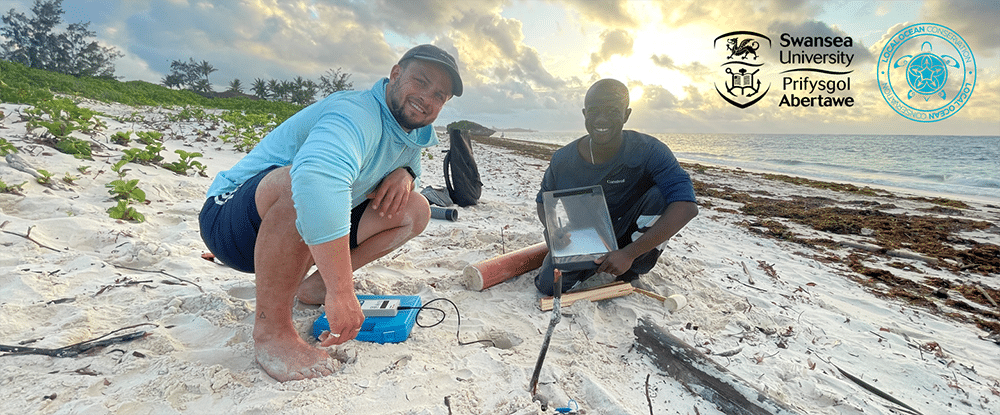
A recent collaborative project between visiting Swansea University scientists from the Marine Conservation and Ecology Lab (MarCEL) and Local Ocean Conservation (LOC) in Kenya has laid the groundwork for a new long-term monitoring network aimed at safeguarding endangered sea turtle species.
The initiative focuses on understanding how environmental conditions influence hatching success and the temperature-dependent sex determination of sea turtles – essential processes for the species’ continued viability.
Project Scope and Objectives
The 10-day field expedition established a robust data-gathering network on Watamu Beach, an important nesting site for olive ridley and green sea turtles.
The handheld WET150 Multi-Parameter Soil Sensor was used to collect spot measurements across three distinct zones of the beach, capturing sand moisture, temperature and salinity variation at different depths (from 5 cm to 60 cm). This comprehensive environmental characterization helps inform a predictive model that the team are developing, by providing data on how these parameters affect nest incubation conditions.
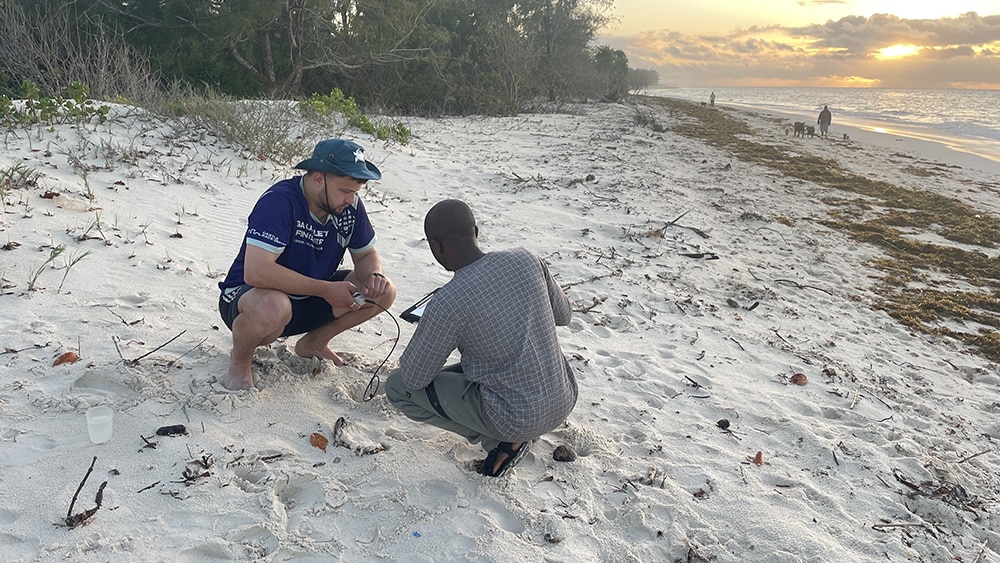
Fred Baggs and Ishmael Munda from LOC analyzing nest data with a WET150 Sensor
This data-rich approach enables researchers to investigate how microclimate shifts – especially those driven by climate change – are affecting hatchling outcomes.
In particular, the work seeks to address a troubling trend: rising nest temperatures skewing hatchling sex ratios heavily toward females, an imbalance that could jeopardize species survival.
“Temperatures just a few degrees higher can shift entire hatchling cohorts to female.” explains Nicole Esteban, head of the MarCEL research team from Swansea University. “That might sound acceptable short-term, but over time it will seriously destabilise population dynamics.”
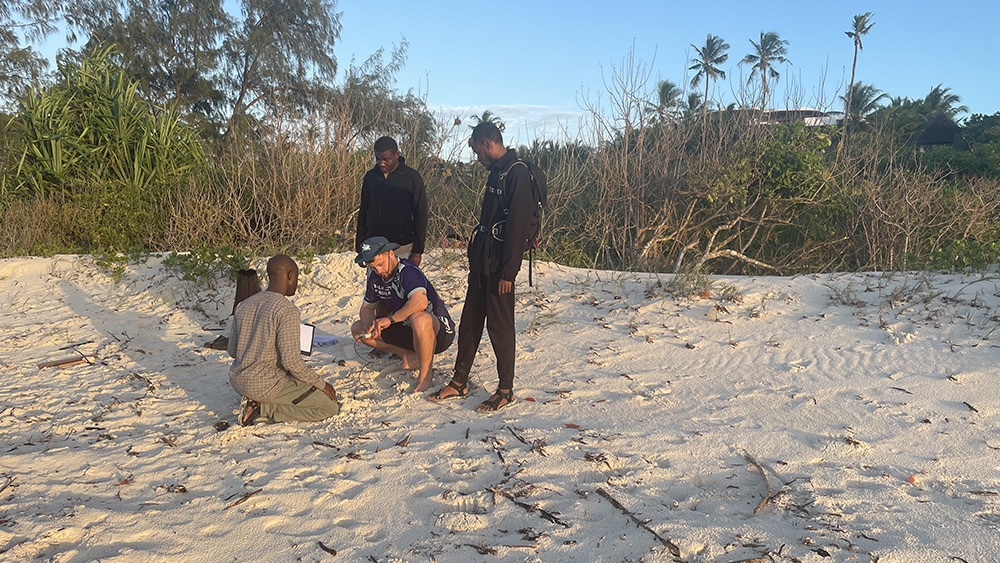
The collaborative team plan the monitoring network
Research Methodology and Use of Sensors
While individual nest monitoring has traditionally been the norm, this project introduces a broader, more predictive strategy. Using data from WET150, the research team aims to develop a mathematical model correlating temperature with beach characteristics, such as zone, depth, and seasonal climate. Once refined, this model will allow users to estimate nest temperature profiles without needing to disturb or access individual nests.
“We’re trying to move beyond reactive conservation by creating a predictive model that tells us how nest conditions are likely to evolve across the beach” says Baggs. “That’s where the WET150 sensors come in – to give us the data resolution and reliability we need to help build those frameworks.”
The WET150 is ideal for this research as it allows the team to measure salinity, water content and temperature simultaneously with instant readings in the field, whereas previously these measurements would have needed to be completed in the laboratory. The team selected the WET150 Soil Sensor for its robustness in harsh coastal environments and accuracy across a wide temperature range, making it perfect for field measurements in challenging beach conditions.
“The WET150 probes have provided a novel, non-intrusive way to measure these important aspects of sea turtle incubation environments. “The WET150 sensors are doing exactly what we hoped – delivering clean, consistent data that is readily available in the field,” Baggs adds. “They’re key to understanding how small variations in sand conditions affect hatching outcomes.”
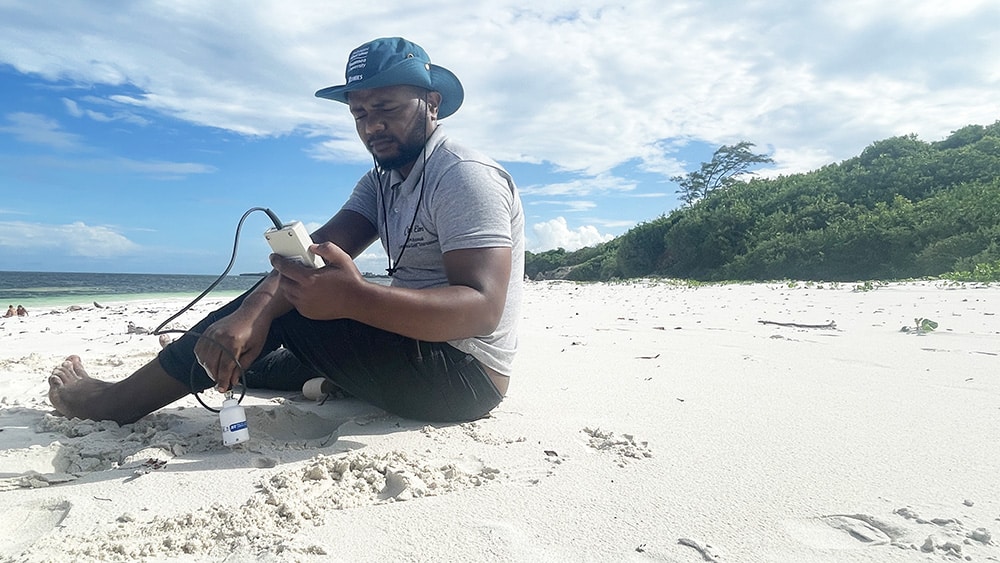
Joe Ngunu Wandiga from LOC taking a portable reading from a WET150 Sensor
Community Engagement & Scientific Innovation
This initiative is built on strong local collaboration with Local Ocean Conservation (LOC), who are doing amazing conservation work – including a fisheries bycatch program that has helped release 24,000 turtles and nightly monitoring of nest activity.
The team hopes their research can support LOC’s incredible conservation efforts further. LOC’s in-depth knowledge of sea turtle nesting behaviour and beach dynamics has been pivotal in sensor deployment and site planning, while the visiting research team from Swansea University has provided expertise in experimental design and data collection methodology.
“The LOC team knows this beach better than anyone – they’ve been instrumental in helping us decide where and how to deploy the sensors for the most useful data,” notes Baggs.“It’s a true collaboration between local field experience and scientific modelling.”
In summary, the Swansea University team and LOC are working closely together to:
• Develop a reliable prediction model for nest temperature and resulting sex ratios.
• Create user-friendly tools to help conservationists visualise and manage nesting conditions.
• Train local teams in the use of these tools for real-time decision-making.
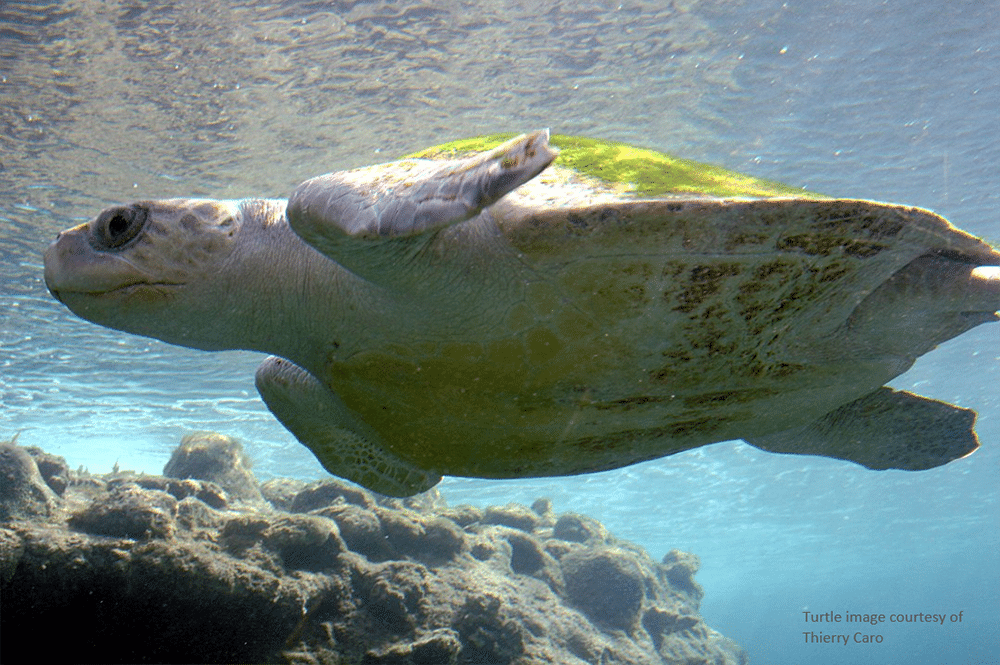
Future Impact and Conservation Outcomes
The project is expected to significantly enhance local capacity for protecting sea turtle populations. By offering predictive insights into sex ratios and identifying optimal nesting conditions, the system will inform timely interventions such as nest relocation or irrigation during extreme dry periods. (Esteban et al. 2018).
Ultimately, the work supports efforts to mitigate the impact of climate change on one of the world’s most vulnerable marine species – empowering local conservation teams with data-driven tools for smarter management.
Esteban concludes, “The WET150 Sensor has been a great fit for our experimental needs. By improving the precision and foresight of sea turtle conservation efforts, this project represents a vital step in counteracting the reproductive threats posed by a warming climate.”
Instagram: @marcel_swansea / @localoceanco
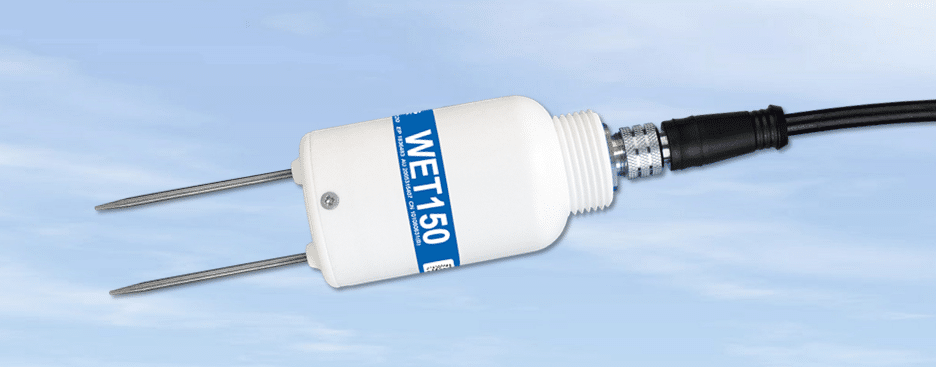
The WET150 Sensor
• Measures moisture, temperature and pore water EC
• Accurate monitoring of soil/substrate conditions
• Can be installed or used in portable kit form
• Digital SDI-12 for easy system integration
• Detachable and extendable cable system
• 5-year warranty

